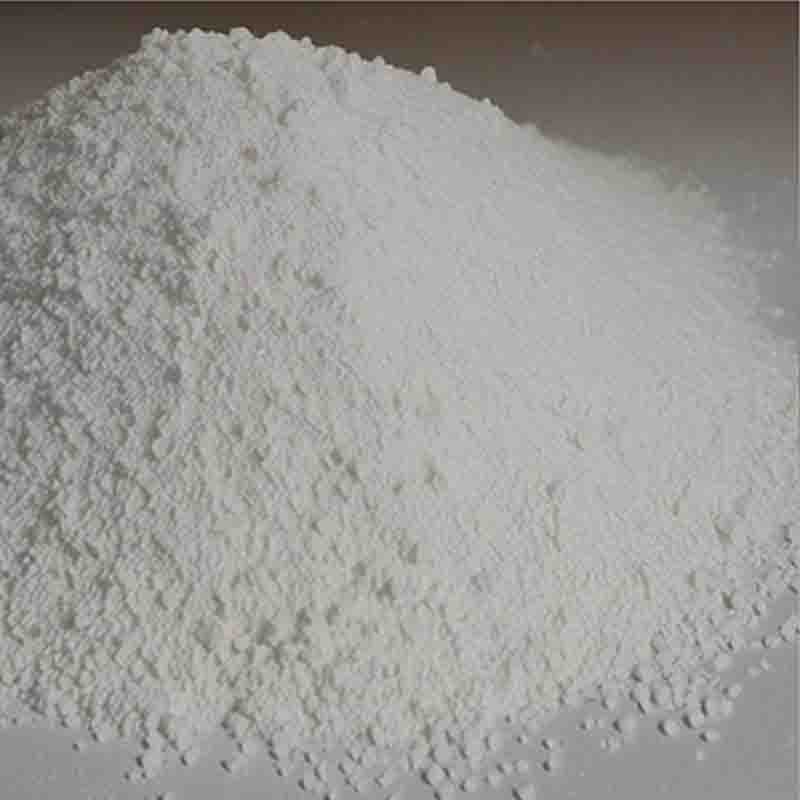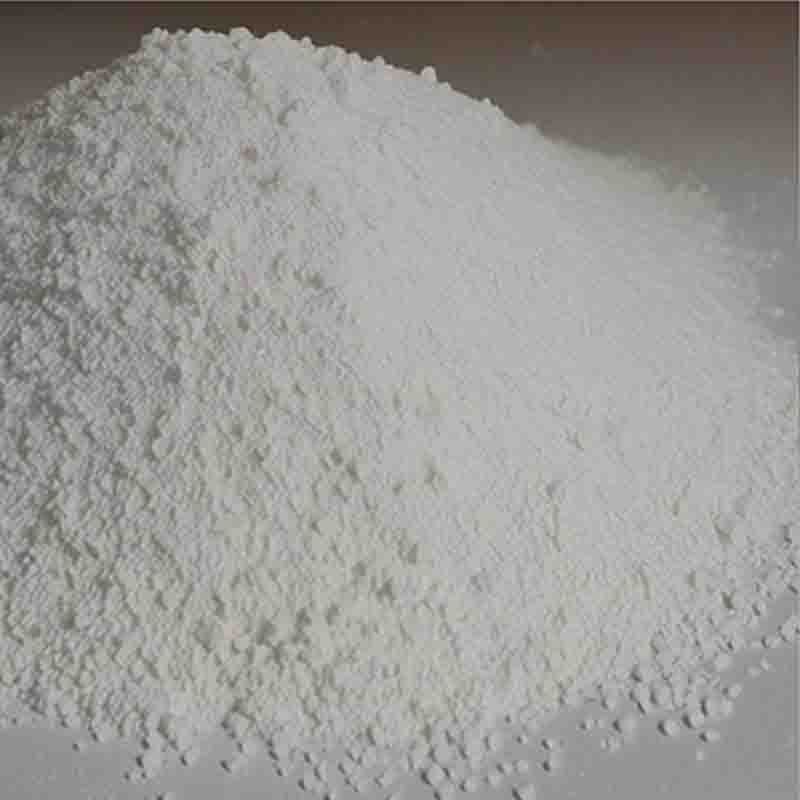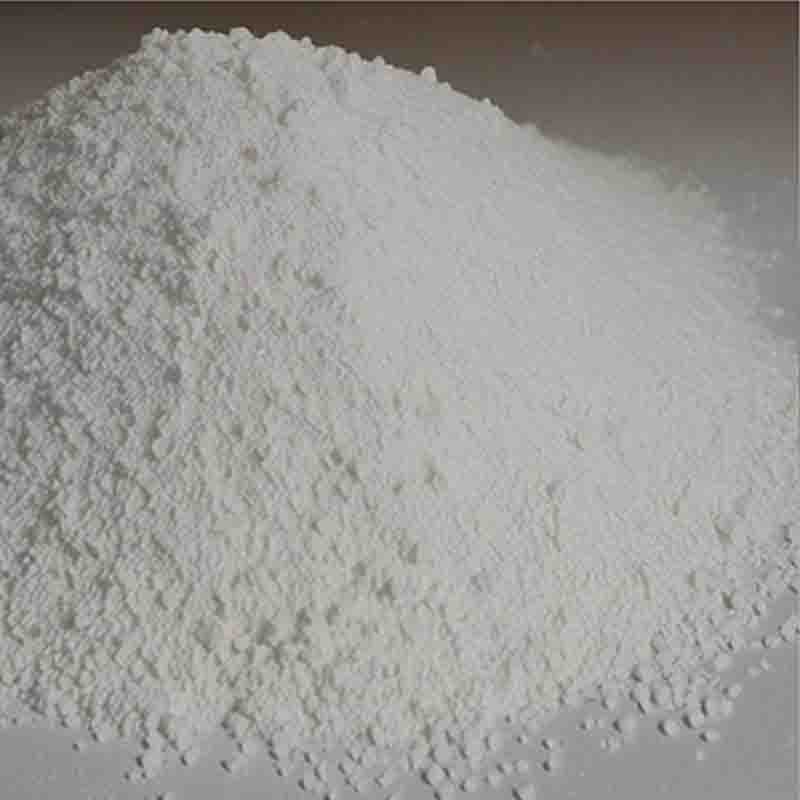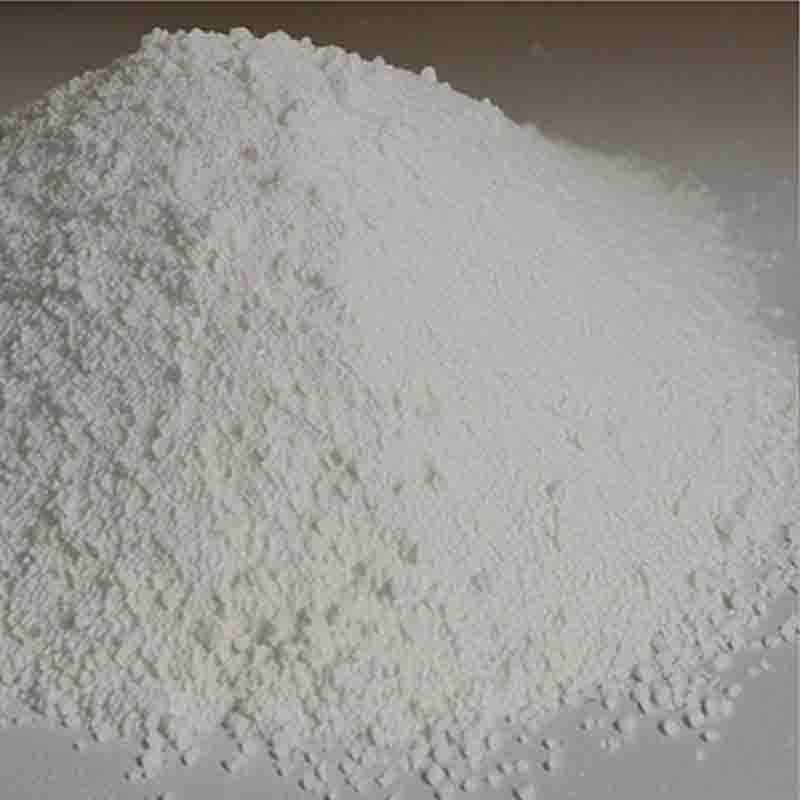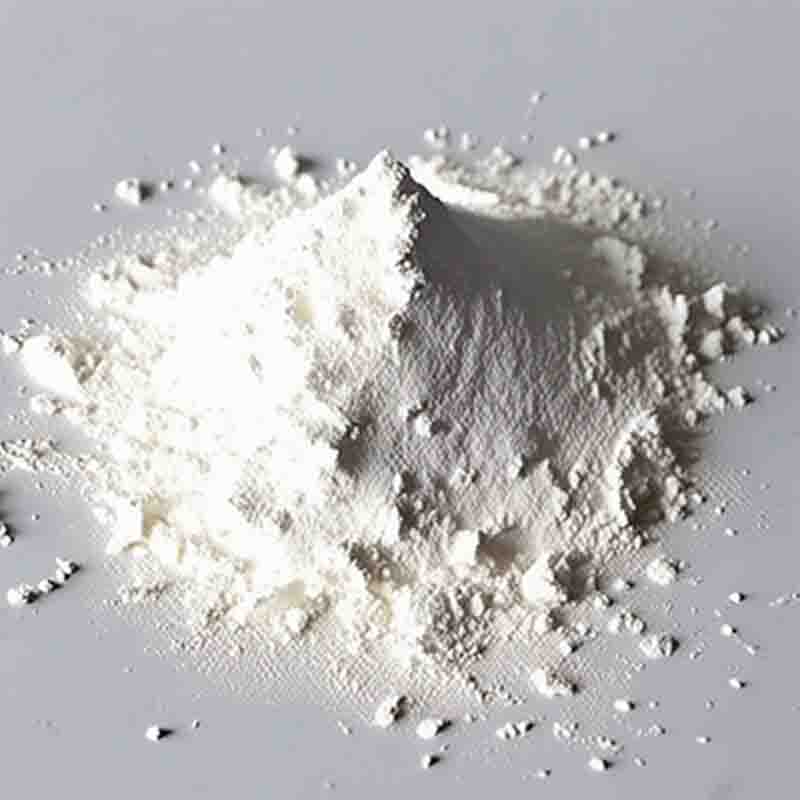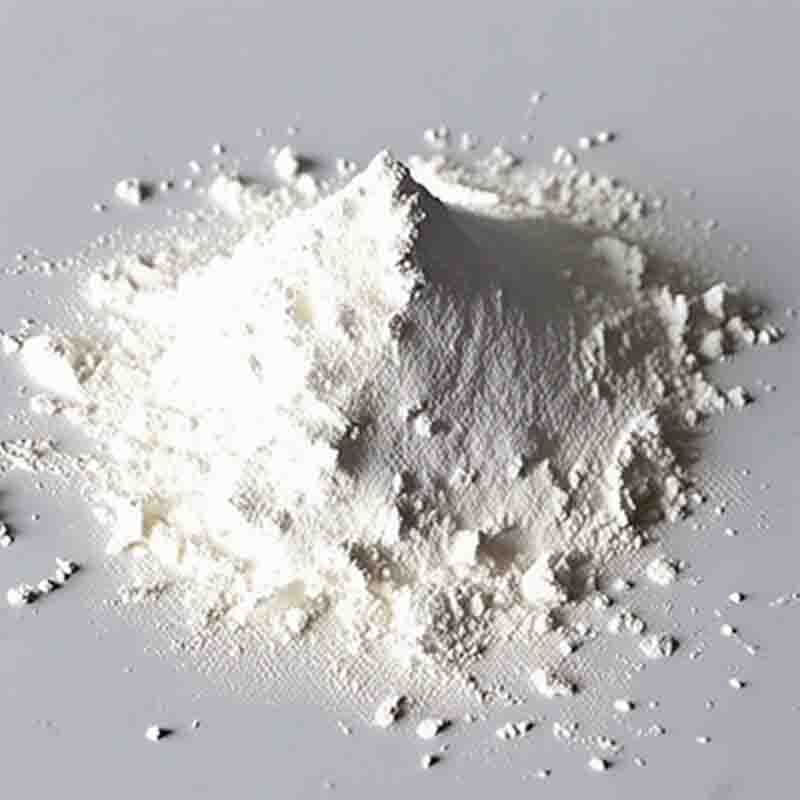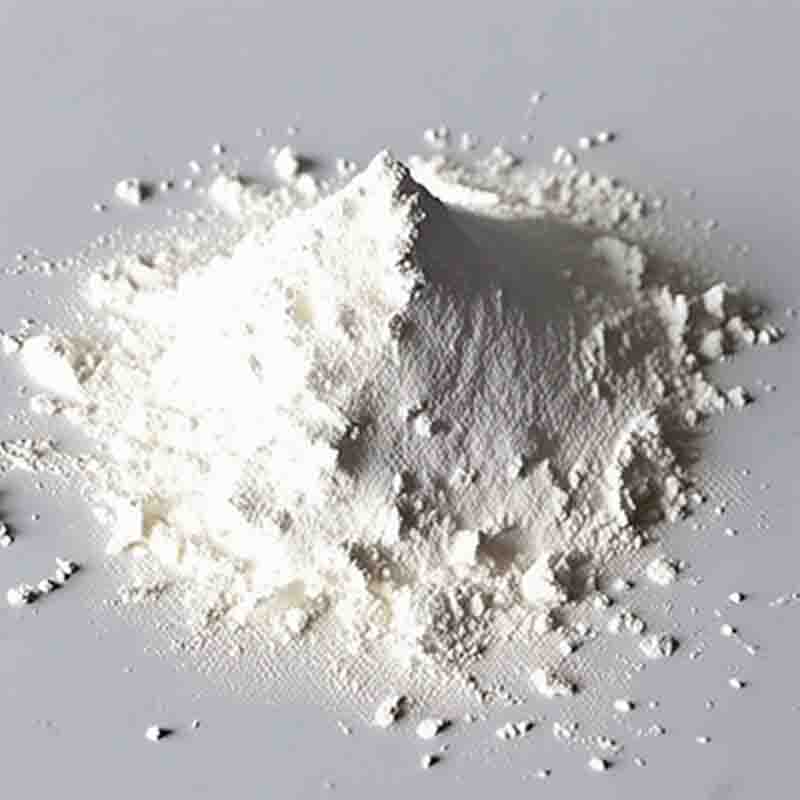AZIDOACETICACID CAS:18523-48-3
| Catalog Number | XD95909 |
| Product Name | AZIDOACETICACID |
| CAS | 18523-48-3 |
| Molecular Formula | C2H3N3O2 |
| Molecular Weight | 101.06 |
| Storage Details | Ambient |
Product Specification
| Appearance | White powder |
| Assay | 99% min |
Azidoacetic acid is a chemical compound with the molecular formula CH2N3COOH. In this 300-word essay, we will discuss the known effects and uses of azidoacetic acid.Azidoacetic acid has been primarily studied for its potential use as a chemical reagent in organic synthesis. It is commonly employed in the synthesis of azidoacetyl halides, which are useful building blocks for the preparation of various compounds, such as pharmaceuticals and agrochemicals. The reactivity of azidoacetic acid allows for the introduction of azide functional groups into organic molecules, enabling the synthesis of diverse compounds with desired properties.Additionally, azidoacetic acid has been investigated as a potential precursor for the synthesis of biologically active compounds. The azido group (-N3) in azidoacetic acid can be chemically modified to create compounds with unique pharmacological properties. For example, azidoacetic acid can be converted into azidoalanine, which is a component of some antimicrobial and anticancer peptides. The availability of azidoacetic acid provides a starting point for the synthesis of these biologically active molecules.Furthermore, azidoacetic acid has also been utilized in bioconjugation chemistry. Its chemical reactivity allows for the selective attachment of azide groups to biomolecules, such as proteins or nucleic acids. This property has opened up new avenues in the field of chemical biology, facilitating the development of techniques for studying biological processes and for drug discovery.It is important to note that azidoacetic acid is a potentially hazardous substance and should be handled with caution. It can be highly reactive and has the potential to explode under certain conditions. Proper safety measures should be followed during its handling and storage to prevent accidents or injuries.In conclusion, azidoacetic acid is primarily used as a chemical reagent in organic synthesis. Its reactivity and ability to introduce azide functional groups make it a valuable building block for the preparation of various compounds. Additionally, azidoacetic acid has potential applications in the synthesis of biologically active molecules and in bioconjugation chemistry. However, its handling requires caution due to its hazardous nature. Further research and development in this field may lead to the discovery of new applications for azidoacetic acid and its derivatives.


